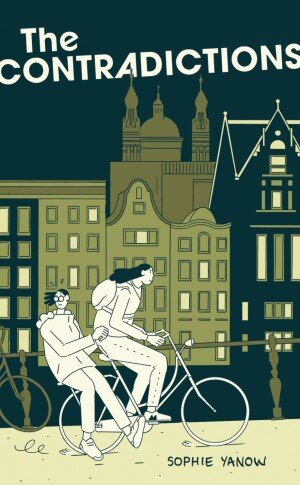NIGHT OF THE LIVING REZ BY MORGAN TALTY
Sometimes it’s not strangers who plague us, but rather those we know best. In the twelve linked stories of Morgan Talty’s blistering and bleak debut collection, Night of the Living Rez, curses come from family and friends, in the form of the trauma that’s passed down through generations, and the people to whom we are beholden.
Early in the second story, “In a Jar,” the collection’s protagonist, David, finds a jar of teeth hidden behind the front steps of his new home. David brings the jar to his mother, who shows it to a medicine man, Frick. Frick deduces that the jar is a curse, the significance of which hangs over the rest of the tales.
At home in the Penobscot Indian Nation reservation, David is shackled with poverty, addiction, and abuse—shared, intergenerational curses all. Likewise, the secondary characters who criss-cross through the collection both grapple with and impose binds of their own: Frick is not only a nearby medicine man, but also David’s mother’s on-again, off-again boyfriend; David’s friend Fellis requires frequent trips to the methadone clinic, with rides from David; and David’s older sister, Paige, arrives back at home one day, unannounced and pregnant.
Nature, too, is often a visceral reflection of the pressures David faces. In “Get Me Some Medicine,” a card game leads to useless violence and a quixotic quest to catch porcupines. In “In a Stray Field of Caterpillars,” Fellis and David drive over a horde of the titular larvae, exploding them with the sound of “popping corn.” The dead insects, described by Talty in his dynamic, impish prose as smelling “of bait, of something chewed up and spit out or even shit out,” sicken the two friends, twisting this symbol of rebirth toward a potent reminder of all that keeps them tethered to the reservation.
That’s not to say that the collection is entirely grim. Talty has a knack for generating hilarious, surreal situations that reinforce the book’s themes of captivity and obligation. In the first story, “Burn,” David returns from a failed quest to buy weed and runs into a panicked Fellis, whose hair has frozen to the ground during a drunken roadside nap. David eventually cuts his friend’s hair with a pocketknife, freeing him from the ice, and wonders whether the braid can be traded for money.
No, he ultimately decides. Instead, Fellis suggests they burn the hair. “Don’t want spirits after us,” he says. Perhaps, in this fiery, wonderful collection, some tethers can be broken.
—Review by Eden Shulman
Read “In a Stray Field of Caterpillars” in ArkInt Issue 12!









